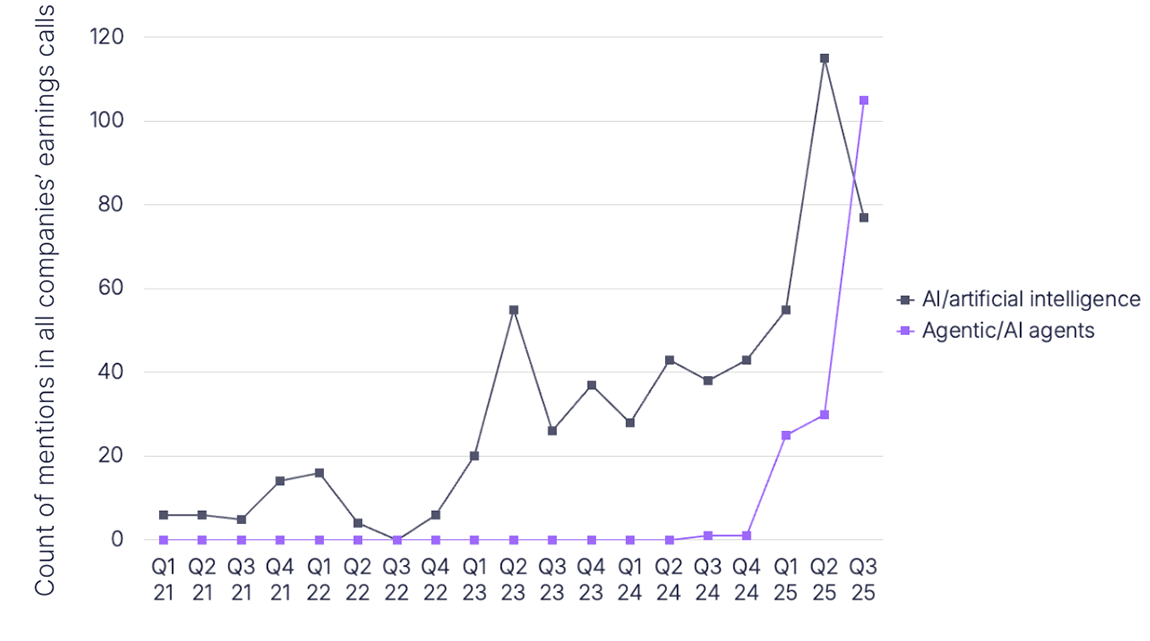PayPal has announced the launch of its own US dollar-backed stablecoin, PayPal USD (PYUSD), but what is the strategy for the launch and why might it matter for the payments industry?
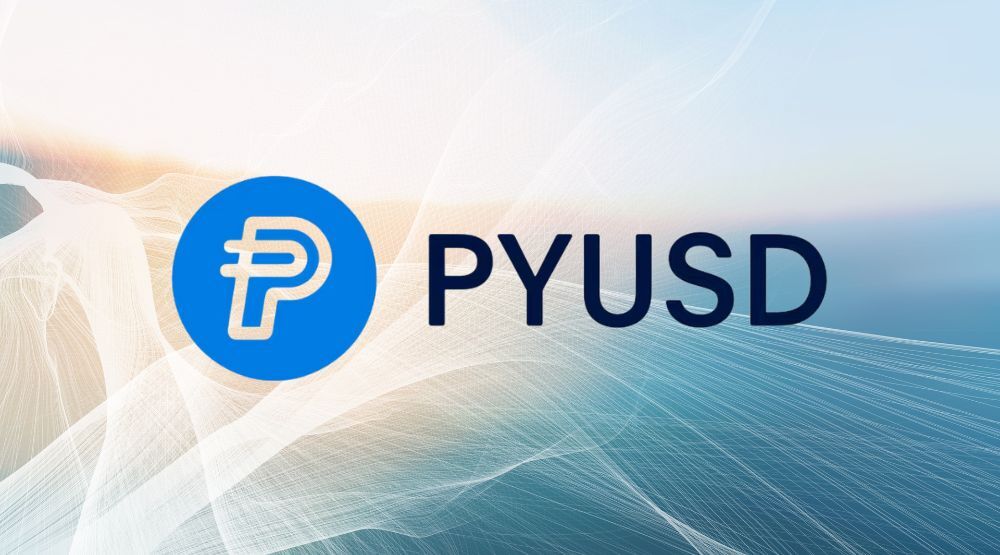
On 7 August, ecommerce and payments giant PayPal announced that it was launching its own US dollar stablecoin, a digital currency pegged 1:1 with the US dollar. Dubbed PayPal USD, or PYUSD, it forms part of a wider strategy around cryptocurrency that has been evolving at PayPal for some time.
Issued by stablecoin player Paxos, a company PayPal has itself invested in, PYUSD is the first stablecoin that PayPal customers will be able to buy, sell and hold within their PayPal wallet, as well as use at checkout and send to friends, family and supporting crypto wallets.
However, with the crypto industry facing unprecedented levels of regulatory scrutiny and the reputation of stablecoins more widely tainted by a number of widely reported de-peggings, as well as the knock-on impacts of the collapse of Silicon Valley Bank, many are questioning why PayPal has decided to enter the space now, and how the move fits into its wider strategy.
This report explores the motives behind PayPal’s new stablecoin offering, how it sits within the wider market and why it may have an impact on payments more broadly.
Inside PYUSD: The key offerings of PayPal’s stablecoin
PayPal’s stablecoin was first rumoured to be in the works in January 2022 and is initially being rolled out in the US in all states except for Hawaii, with no indication of a potential release in other markets at present.
Customers who have a PayPal Balance account will be able to purchase PYUSD in the same way that they are currently able to buy the unpegged cryptocurrencies Bitcoin, Bitcoin Cash, Ethereum and Litecoin on the service. There will be no additional charge to purchase the stablecoin from the ecommerce giant, with PayPal USD sold at a rate of $1 per token.
Once PayPal customers have purchased PYUSD, they will be able to hold it in their PayPal wallet, as well as convert it into other cryptocurrencies as well as back into US dollars. They can also select it at PayPal checkouts to fund online purchases, paying a fee to convert it back into fiat in the process, as well as send it to other wallets and users. Here, PayPal supports transfers to other US-based PayPal accounts without a fee, or to supported external Ethereum wallets with a fee.
While some uses of the stablecoin come with their own fees, PayPal is likely to make most of its money from the product from interest earned from the fiat US dollars it takes in exchange for PYUSD.
The company has indicated that it plans to add the same capabilities to its P2P payments brand Venmo, although has not provided a timeframe for this beyond “soon”.
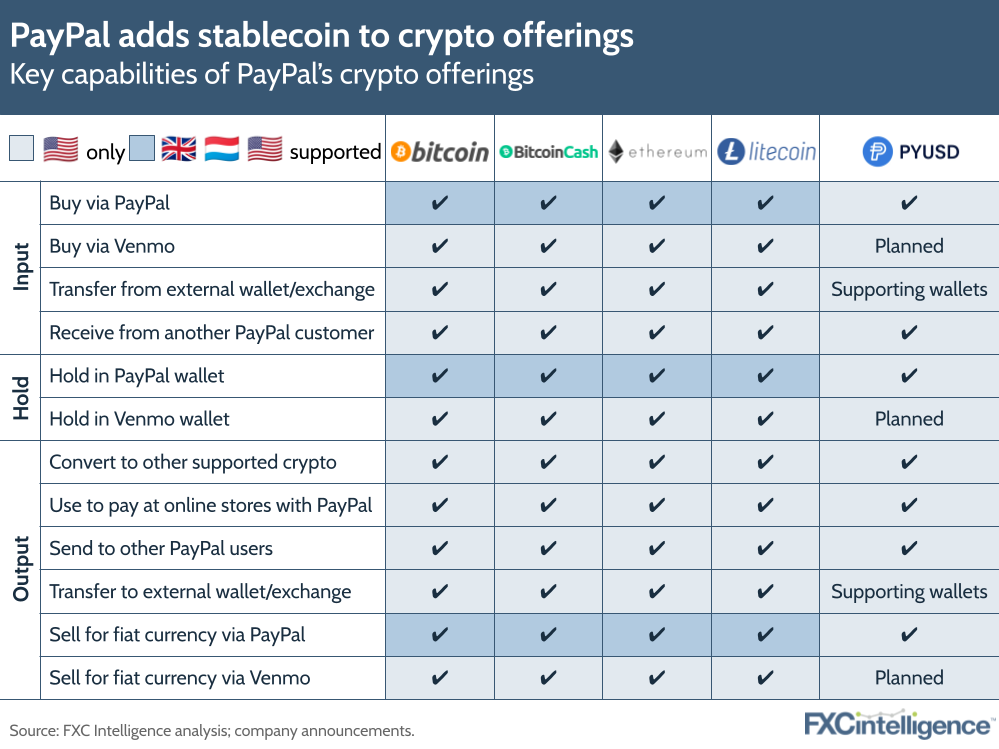
The move is the latest step in a number of crypto-related product launches from PayPal, which began in October 2020 when it first launched the ability for US customers to buy, sell and hold the four unbacked cryptocurrencies previously mentioned.
Since then, the company has added this core offering in the UK and Luxembourg, but has expanded the service in the US to also enable customers to checkout with and send the same cryptocurrencies. It is also set to temporarily pause its UK services from 1 October until early 2024 to comply with new regulations.
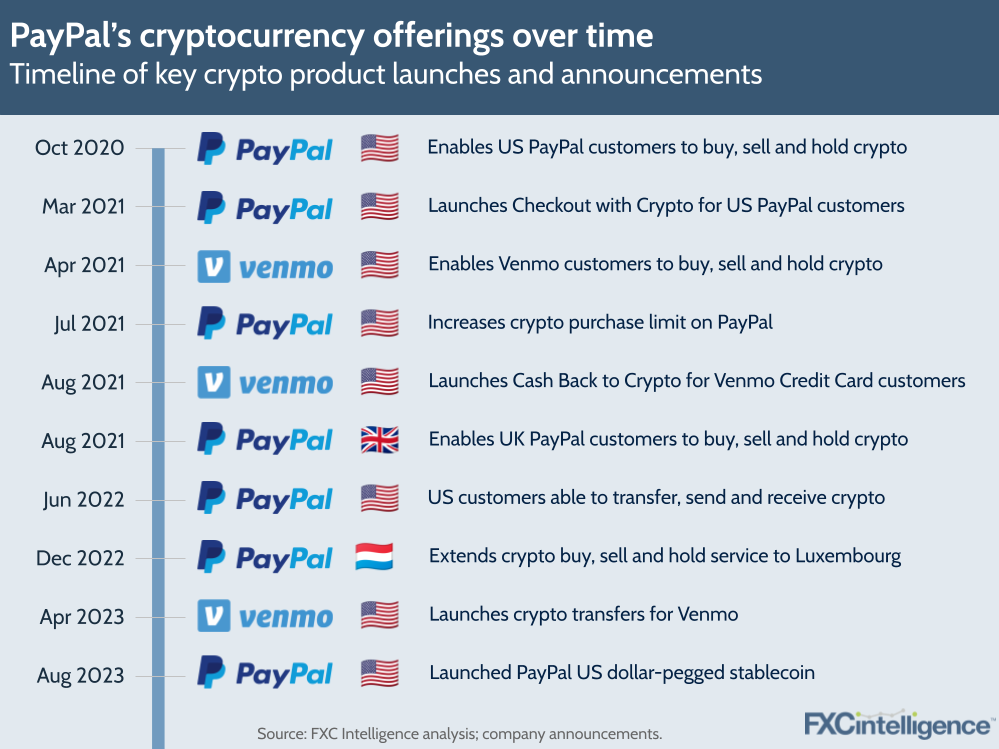
The development also follows a variety of investments in the crypto space by the company, via its investment arm PayPal Ventures. Here, crypto-related companies are the third biggest source of investment by the organisation after ecommerce and consumer financial services, with PYUSD issuer Paxos among those to receive backing.
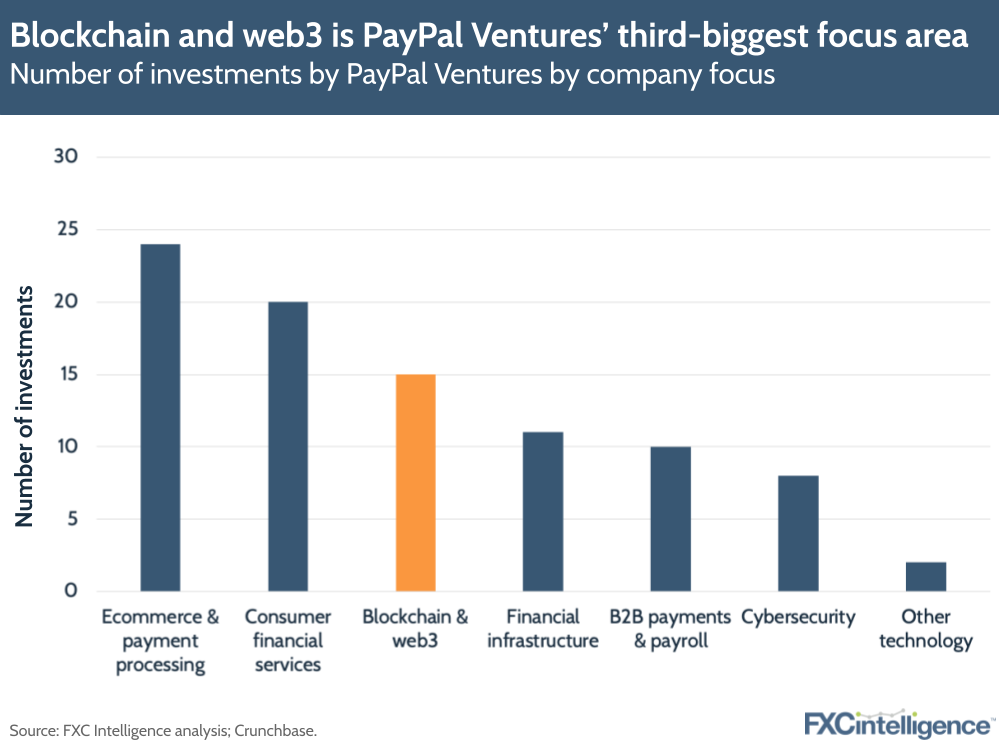
Notably, PYUSD is an ERC-20 token – a widely used technical standard – issued on the Ethereum blockchain, a proof-of-stake blockchain with much lower energy consumption rates than others, including the Bitcoin blockchain. Ethereum is increasingly being favoured for payments-related applications, in part because it is currently scaling up to a target of 100,000 transactions per second – above Visa’s reported limit of 65,000. By issuing it in this format, PayPal is also making its stablecoin compatible with a variety of emerging web3 applications that are currently being developed.
The stablecoin landscape: Key rivals
While there are a wide variety of stablecoins on the market, when it comes to fully audited, asset-backed stablecoins pegged to the US dollar, there are relatively few that present a significant rival to PayPal USD.
The two main players in this space are Paxos, which operates its own stablecoin in addition to issuing PYUSD, and Circle, which issues the largest fully regulated US dollar-pegged stablecoin by market capitalisation: USDC.
Also included in the graphic below is Tether, which issues USD₮ among other stablecoins; USD₮ is often considered the main stablecoin among crypto consumers. However, as this has much less regulatory oversight and is not sold directly to US customers, it represents a different product type than its fully regulated counterparts.
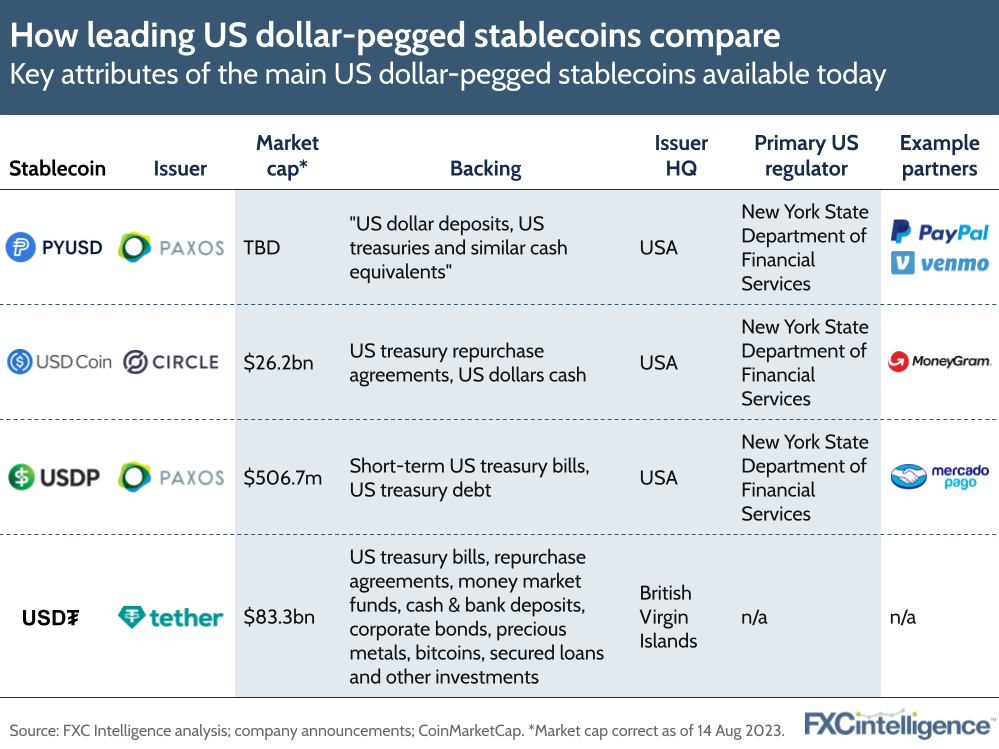
PYUSD issuer Paxos
With $432.5m in funding from investors that include PayPal co-founder Peter Thiel, Paxos is increasingly emerging as a key player in the US stablecoin space, providing blockchain-based payments, regulated stablecoin services and crypto brokerage solutions.
It has its own stablecoin, the Pax Dollar (USDP), which is used by a variety of organisations, including as an entry point for digital assets for Mercado Pago customers in Mexico. USDP also previously underpinned Meta’s crypto remittance project Novi before its closure in July 2022.
Paxos also offers a similar gold-backed stablecoin, Pax Gold (PAXG), where each token is backed by one fine troy ounce of gold, stored in vaults in London. According to its latest attestation report, around 254,000 PAXG are currently issued as of the end of June 2023, equivalent to approximately $484m.
However, much of the company’s business comes from white label-type services, which it offers across its product range. For example, in October 2022 Mastercard launched its Paxos-powered Crypto Source, a program to enable banks and other financial institutions to bring secure crypto trading to their customers.
It is also the main provider of such white-label services for stablecoins, having previously powered Binance USD (BUSD), a stablecoin for the cryptocurrency exchange. Paxos stopped minting BUSD in February of this year following instruction by its regulator, the New York Department of Financial Services, amid a broader SEC investigation into Binance.
PayPal USD is currently Paxos’s only white-labelled stablecoin offering, however the company actively invites inquiries for the service via its website.
USDC’s Circle
Circle is arguably the best-known of the regulated stablecoin issuers, with its USD Coin (USDC) being used in a number of stablecoin-based projects, rather than providing white-label services. This includes that of MoneyGram, which, through a partnership with Stellar, enables its customers to purchase and send USDC via its retail outlets.
Circle has courted a host of partners from the traditional financial institution space, including BlackRock, BNY Mellon, Mastercard, Visa and Worldpay, and in 2022 also launched Euro Coin (EUROC), its euro-backed stablecoin.
The company also provides a Circle account, which is primarily designed for businesses that need to interoperate between crypto and fiat financial spaces, as well as programmable web3 wallets that are designed to be embedded into applications to add capabilities such as access to NFTs or digital wallets.
Significantly, Circle also provides a cross-chain transfer protocol that enables USDC to be transferred between blockchains, rather than being tethered to a single blockchain as is currently the case with PYUSD.
Tether and USD₮
Both Paxos and Circle’s offerings include partnerships with major financial institutions because they have high levels of regulatory compliance and scrutiny, and are regulated by a US-based institution.
However, while Tether is often also mentioned by crypto enthusiasts when discussing the stablecoin landscape, it differs in that while it does have audits of its backings, it does not provide these at the frequency or standards of those headquartered in the US, and its offering not designed for mainstream use in the country. It also uses a broader range of assets to back its tokens than Circle or Paxos.
The company issues four fiat-backed stablecoins: USD₮ (US dollars); EUR₮ (euros); MXN₮ (Mexican pesos) and CNH₮ (Chinese yuan), as well as the gold-backed XAU₮. However, it does not provide direct issuing of stablecoins to customers in the US and Canada, although users can purchase the tokens indirectly through some cryptocurrency exchanges.
Primarily aimed at emerging markets, Tether provides solutions for individuals, merchants and exchanges and is the most widely traded stablecoin globally, with many individual crypto investors using it as a reserve between trading non-fiat pegged, volatile cryptocurrencies.
The strategy behind the PayPal USD stablecoin
The announcement of PayPal USD has been met with a wide range of reactions within the payments and crypto space. Some have dismissed it as a poor alternative to products already on the market, while others describe it as a step-change in the move towards digital currencies becoming a dominant means of payment.
However, there has been confusion about what PayPal’s motivations are for the launch, in particular as to how it fits into the company’s broader strategy. In general, it appears that there is no single core driver for the launch of PYUSD, but that the project is being enacted both to enhance the company’s current crypto play and lay the groundwork for longer-term benefits that may emerge.
Increasing crypto access for PayPal customers
Stablecoins in general have gained popularity primarily as a means of storing value in the cryptocurrency space without the volatility of digital currencies that are not backed by fiat currencies. This is generally favourable compared to converting crypto into fiat and then moving it into crypto again when next needed, because doing so typically involves paying fees that are significantly above the costs associated with moving value between two cryptocurrencies.
Thus far, PayPal customers have been able to buy and hold Bitcoin, Bitcoin Cash, Ethereum and Litecoin, and move what they own between the four as they see fit, but this same problem has applied. Adding PYUSD may result in more customers holding cryptocurrencies for longer, and using it for more payments, as it removes the volatility concerns associated with the other four.
While customers had previously been able to transfer their PayPal or Venmo-purchased crypto to external wallets and convert it to other stablecoins from there, doing so requires a level of savvy and comfort with the wider crypto world that many PayPal crypto customers do not have.
PayPal’s current crypto offering is by no means the cheapest or the most varied: the company charges high prices to buy or sell cryptocurrencies compared to some other platforms, particularly for lower amounts, and it remains limited to only the most popular options. However, what it does offer is a safe way to make purchases in a surrounding that is both familiar and trusted by many customers.
The addition of PYUSD only adds to this, by providing an additional element of safety to storing value in crypto over longer periods of time. PayPal may be hoping that this addition lures more customers who are curious about crypto but not willing to experiment with the at times highly complex wider crypto space via exchanges and external wallets.
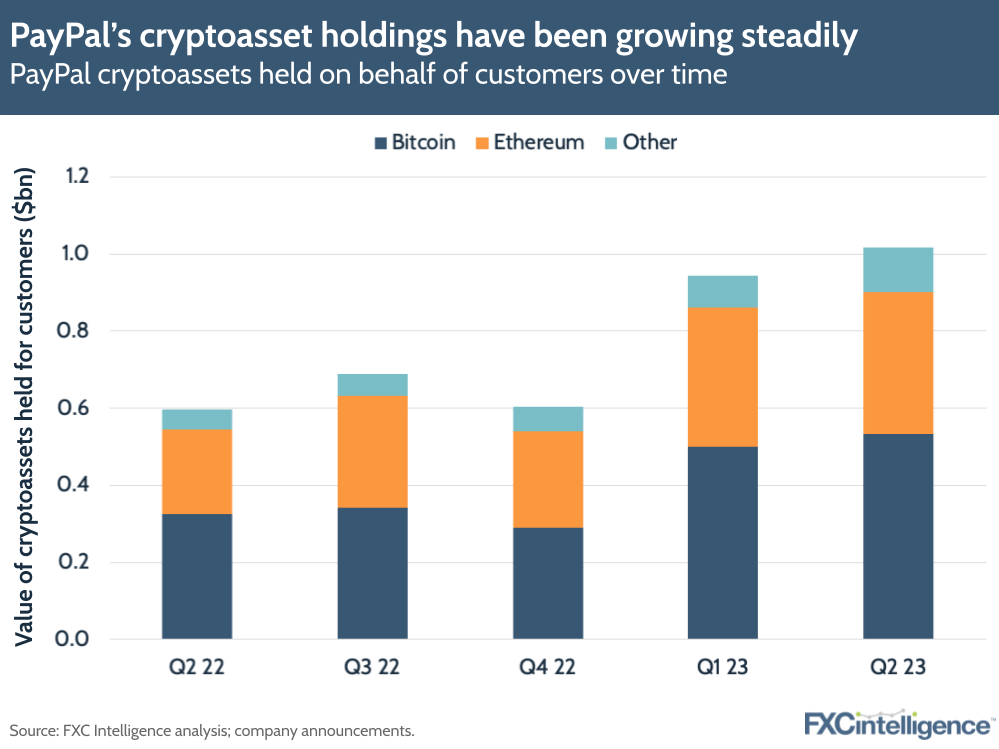
Improving PayPal’s cross-border payments offering
Beyond this, offering stablecoins as a means of making cross-border payments, in particular in the form of remittances to friends and family, may also be an area of potential for PayPal. Digital currencies enable money to be transferred in real-time – an increasing expectation of many cross-border payments but not available on some corridors via many networks.
Significantly, however, they also enable the payment to be settled in real-time, unlike conventional money transfers where the company providing the payment will typically see the settlement complete some time after the money has been remitted to the end customer. This increases security for the money transfer operator, as it removes the risk of an issue occurring after the transfer has been paid out, and so is a preferable operating environment.
PayPal has highlighted the potential use of PYUSD for cross-border payments and remittances in its initial discussions of the stablecoin, although has not linked its use to its own remittance brand Xoom. As there have been reports that PayPal is looking to sell Xoom, it is possible that PayPal is exploring ultimately replacing Xoom with a stablecoin-based remittance service via PYUSD, or at least looking to augment its capabilities in this area with a view to making this a dominant product in the future.
App retention and PayPal’s growing flywheel
A nearer-term benefit, however, may be adding additional capabilities to the company’s app, which has been a key part of PayPal’s growth strategy for some time.
In the company’s Q2 earnings announcement, CEO Dan Schulman reported that PayPal’s app users had 60% higher total payments volume and 25% lower churn on average, as well as 35% higher average revenue per user than non-app users, adding that “the more we can put on that, the better”.
“The more they open the app, the more they do with us,” he said.
Adding stablecoin payments may be one of a number of ways that PayPal is looking to create new reasons for customers to open their PayPal app and so spend more via the company. In this sense, it may not be a single silver bullet for improvement, but part of a wider strategy to add to the “tremendous amount of velocity” the company is seeing with its app usage.
A strategic foothold for for web3
In the longer term, the launch of PayPal’s stablecoin now may in part be a strategy with a much longer-term yield, in the form of web3. A term covering the wide range of blockchain-related solutions, this is an area that has been developing for some time but has yet to reach its fruition – or its operational and regulatory maturity – and arguably has not yet found the ‘killer app’ to lure conventional users to the space.
Through PayPal Ventures, the company has already made strategic investments in a wide variety of web3-related companies, particularly those that improve the security and operational efficiency of the space. Examples of this include TRM Labs, which provides blockchain intelligence to help combat crypto-related financial crime, and crypto risk management player Chaos Labs, which the company backed in February of this year.
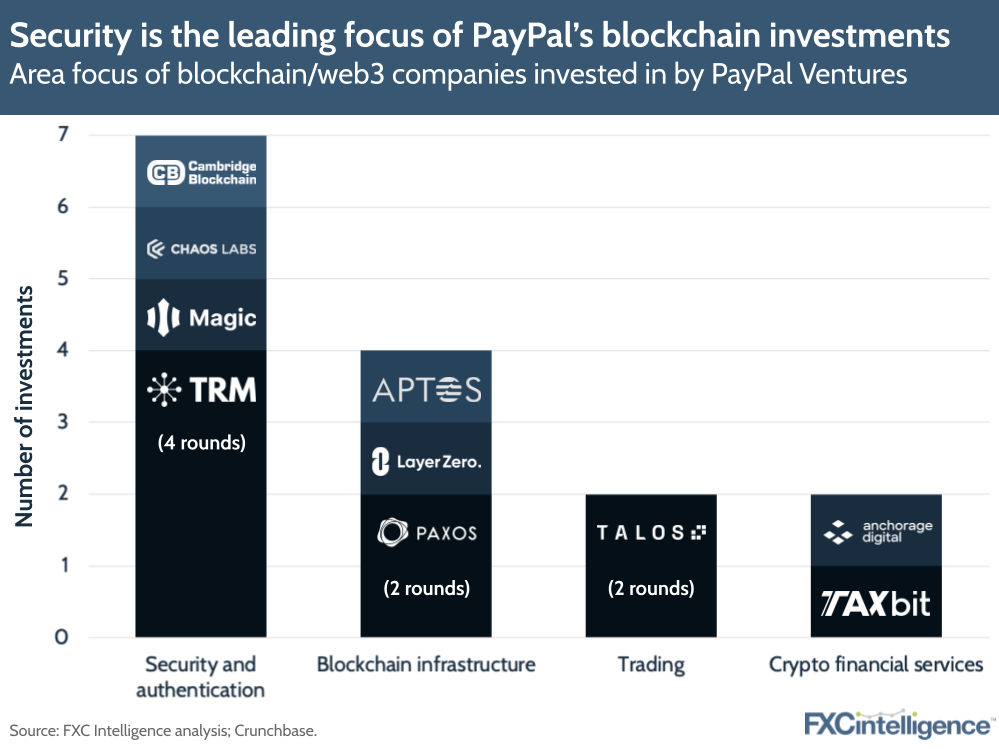
This points to a desire to make web3 more friendly to conventional financial institutions; PayPal may be looking to establish an early foothold in the space so that it has time to build sufficient presence and scale.
This is also reflected in how the company presented web3 in its initial release about PYUSD. PayPal said that the stablecoin was “building the bridge between fiat and web3 for consumers, merchants and developers”, pointing to the “already large and growing community of external developers, wallets and web3 applications” in the space.
A new dawn for stablecoins in payments?
This interoperability has increasingly been highlighted as a vital role for stablecoins, providing a bridge between fiat and digital currencies with significantly lower levels of friction compared to switching between them. For cross-border transactions, this is particularly key, and represents a vital future element; however, for asset-backed stablecoins, the question of where the assets are located also becomes key.
While stablecoins in general have seen a dramatic rise in adoption since 2020, the use of US-hosted stablecoins has taken a knock over the past year. The widely covered depegging of Terra’s UST coin damaged public perception of stablecoins, despite it using an algorithm-based backing system that made it a fundamentally different type of product to conventional stablecoins. The high-profile collapse of FTX and the knock-on impact on the crypto space, particularly in the US, has also had an impact, as has the collapse of Silicon Valley Bank, which briefly caused problems for customer Circle.
The result of this is not the removal of customer support for stablecoins altogether, but the shifting of which stablecoins are being used. While USDC has seen a declining market cap since mid-2022, Tether has seen a rise in the market cap of USD₮ following an earlier slump in response to increased stablecoin concerns around UST.
Together USDC, BUSD and USDP, all US-hosted, regulated stablecoins, have seen their combined market cap reduce by 56% between July 2022 and July 2023, dropping from $73bn to $33bn. Meanwhile, over the same period Tether has seen a 27% increase from $66bn to $83bn. This suggests that assets backing almost $20bn in stablecoins have moved out of the US during this period, while another ~$20bn has been moved out of stablecoins entirely.
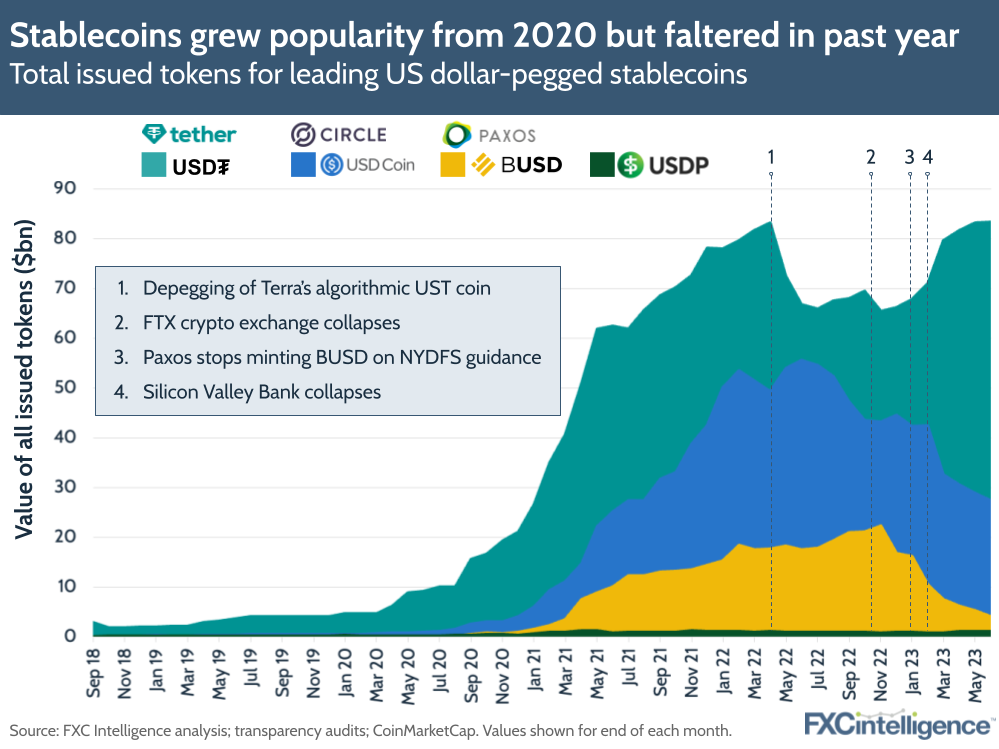
However, this period has seen something of a reckoning for the crypto industry in the US, and for many the launch of PYUSD is a sign of a new chapter for stablecoins where the focus is on greater control and regulation.
The importance of the launch is reflected in the positive reaction of Circle CEO Jeremy Allaire who, despite PayPal USD being essentially a rival to USDC, described it as “incredibly exciting”.
“This is what happens when we start to get regulatory clarity, and with the Payment Stablecoin Act, this can open up a free and competitive market for dollar stablecoin issuers with strong supervision, allowing the US to compete with digital dollars that are uniformly safe, transparent, liquid and supervised to Fed-standards,” he wrote in a tweet.
“Customers will know who they are dealing with, and firms that can survive scrutiny by central banks and prudential regulators will thrive. That’s the market in 2024 and 2025.”
The announcement echoes a changing of tones for stablecoin issuer Paxos. Back in February 2023, multiple outlets reported that the New York Department of Financial Services was investigating the company amid its wider Binance investigation. However, no further announcements have been made since, and it is likely PayPal sought assurances on this matter before it launched PYUSD.
Meanwhile, multiple legal cases are currently underway in the US between the SEC and various crypto players as the regulator works to clean up an industry that was until recently rife with mismanagement and fraudulent practices.
The cleanup of crypto still has some way to go, but the mainstream payments world remains highly interested in the space, and as more players such as PayPal move in, the opportunities for regulated solutions are only growing.


